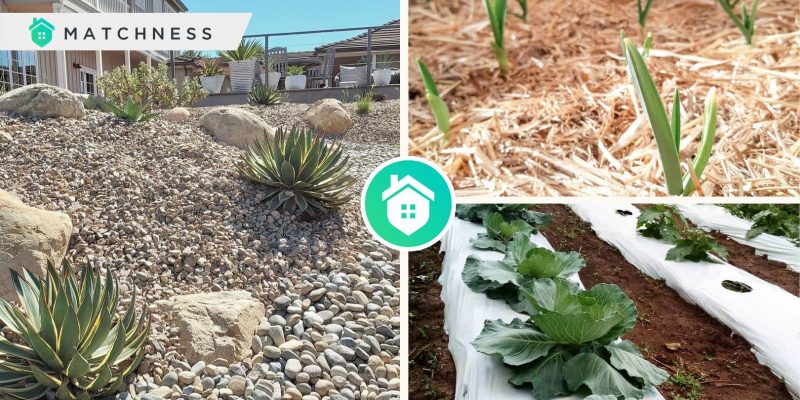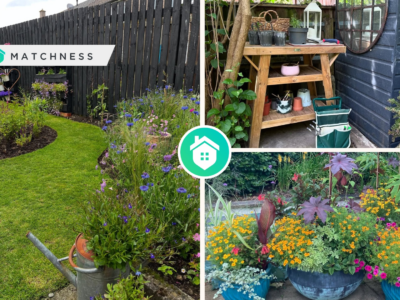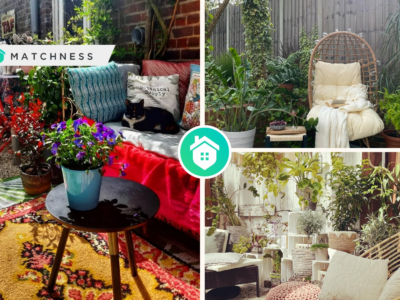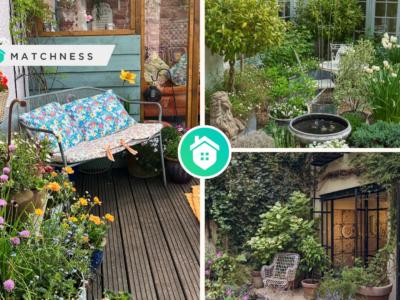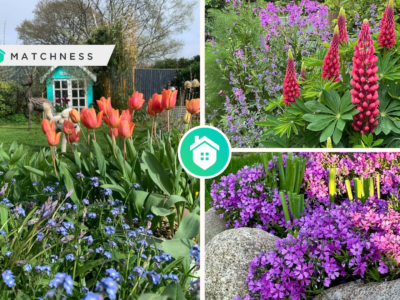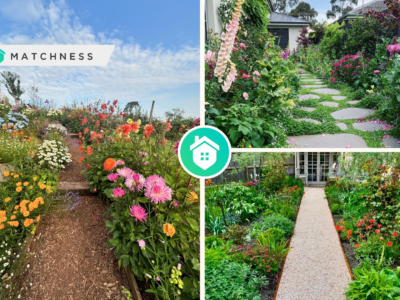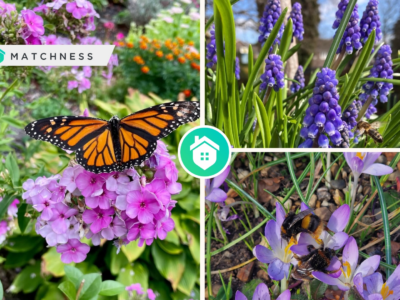Mulching is a widely used gardening and agricultural practice that involves covering the soil with a protective layer of material. This technique provides numerous benefits, including moisture retention, temperature regulation, weed suppression, and improved soil health.
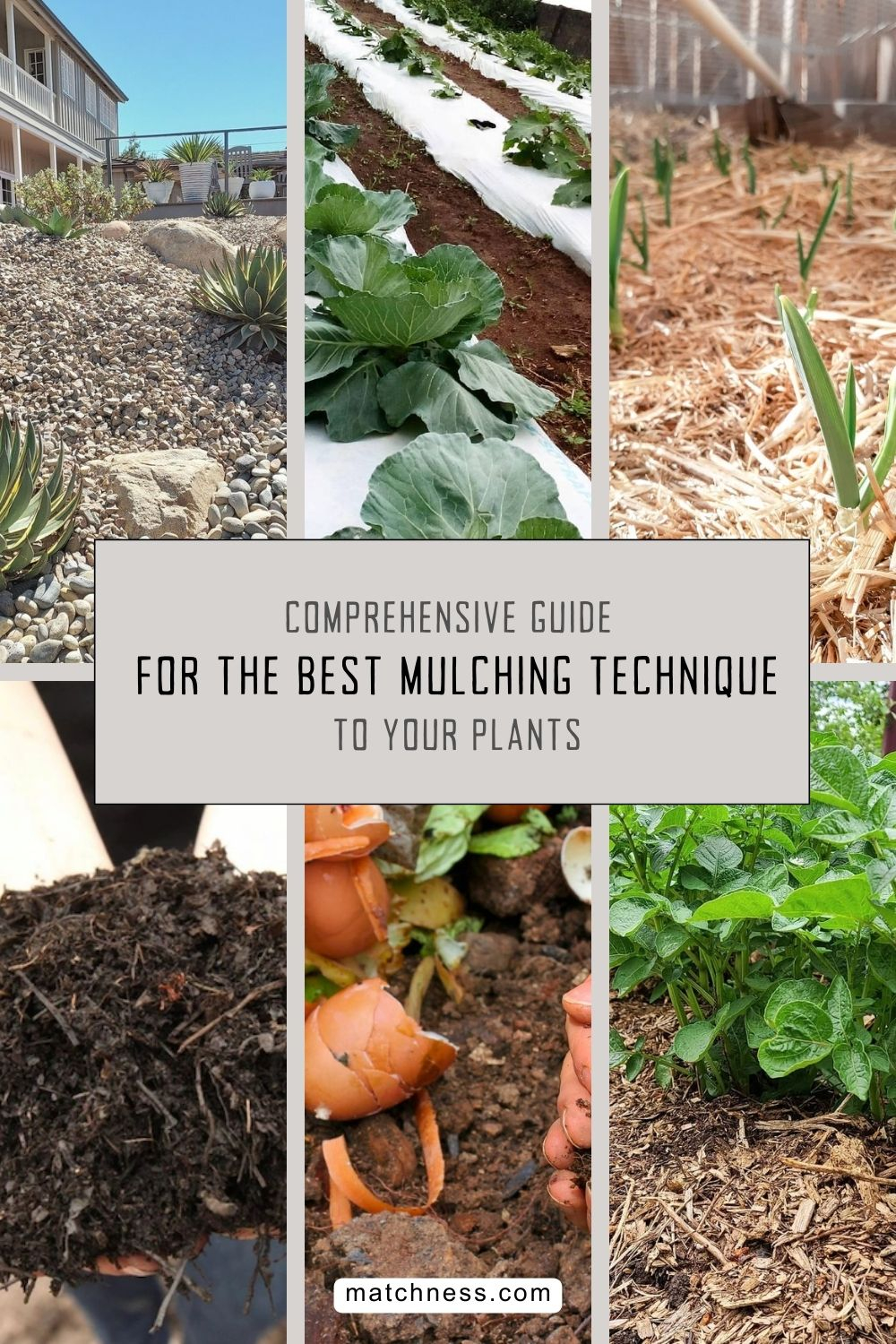
Mulching is an essential practice for sustainable gardening and farming. By choosing the right type of mulch and applying it correctly, you can enhance plant health, conserve water, reduce labor, and improve the overall appearance of your garden. Whether you opt for organic or inorganic materials, understanding the principles of mulching will help you create a thriving, low-maintenance landscape. Now, here are the types of mulches that you should know
Types of Mulches
Organic Mulches
1. Compost: Decomposed organic matter rich in nutrients. It improves soil structure and fertility.
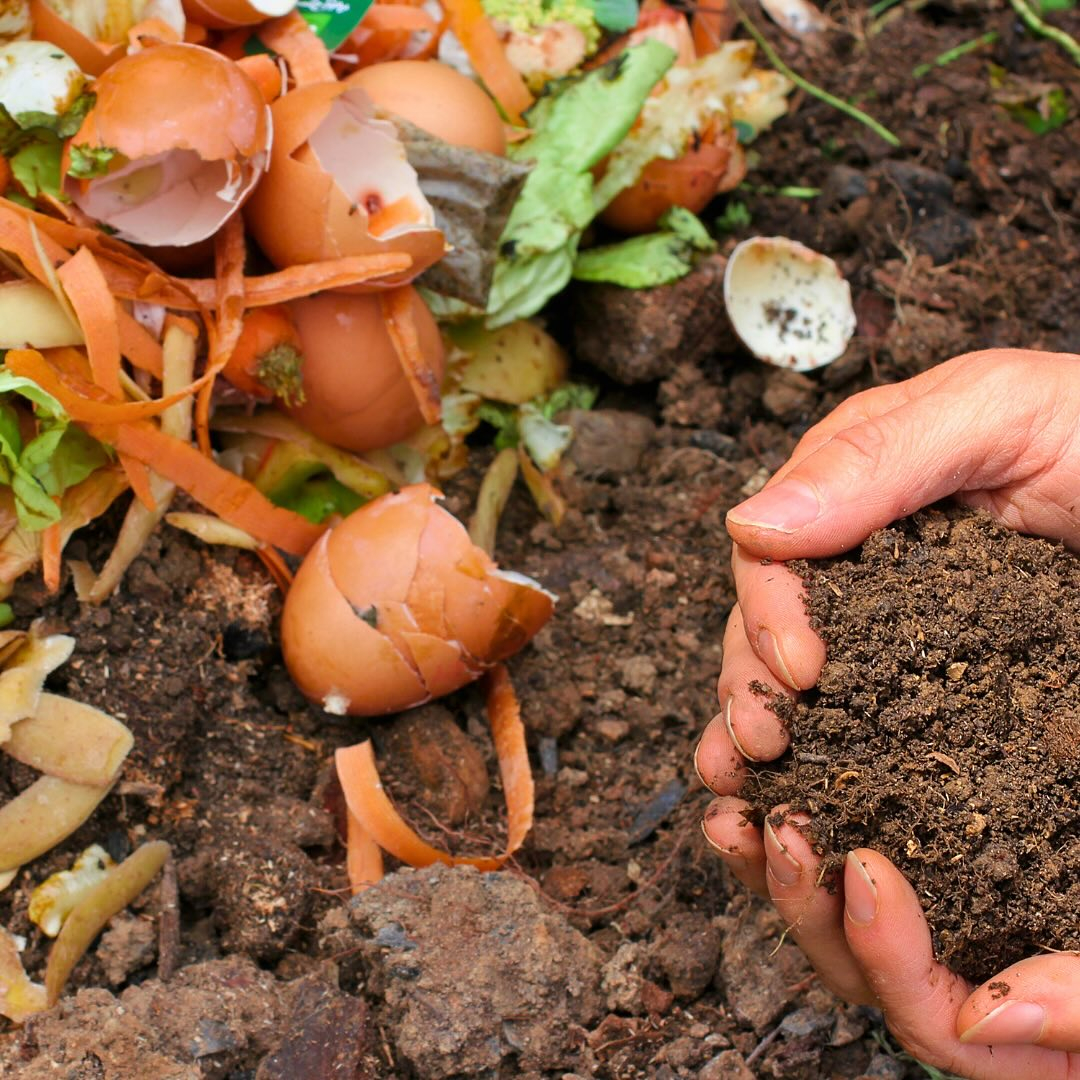
You can use your kitchen waste or food waste to make the compost mulch. It can be such a great idea so that you can manage your waste to be more functional. Compost Mulch from @regenerativeorganic
2. Straw: Lightweight and effective in moisture retention and weed control. Ideal for vegetable gardens.
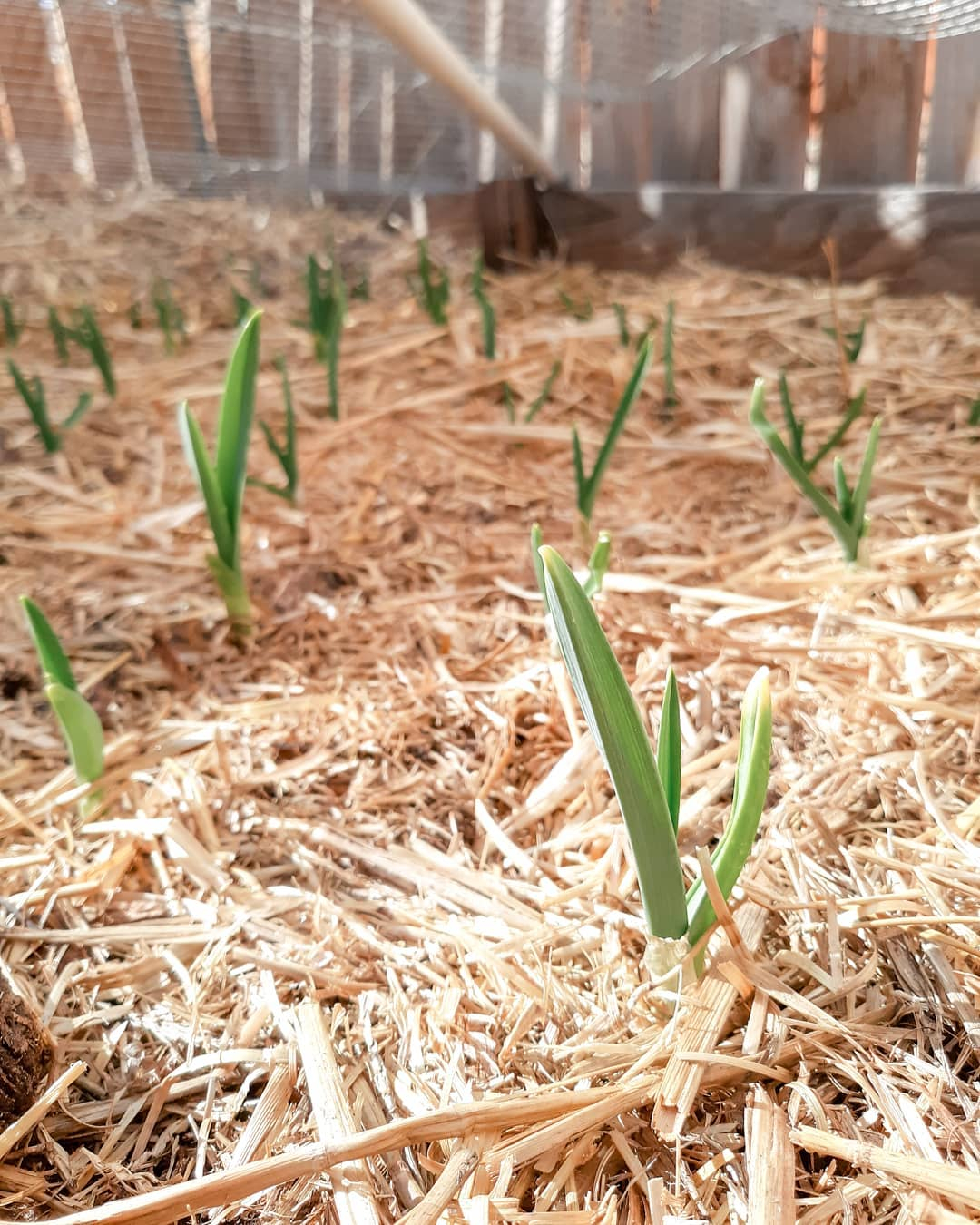
You can use the straw for landscape planting. Well, even you can use it for your pots, but straw mulch is commonly used in the vegetable garden. Straw Mulch from @beccagrowsstuff
3. Wood Chips and Bark: Long-lasting and decorative. Suitable for flower beds and around trees and shrubs.
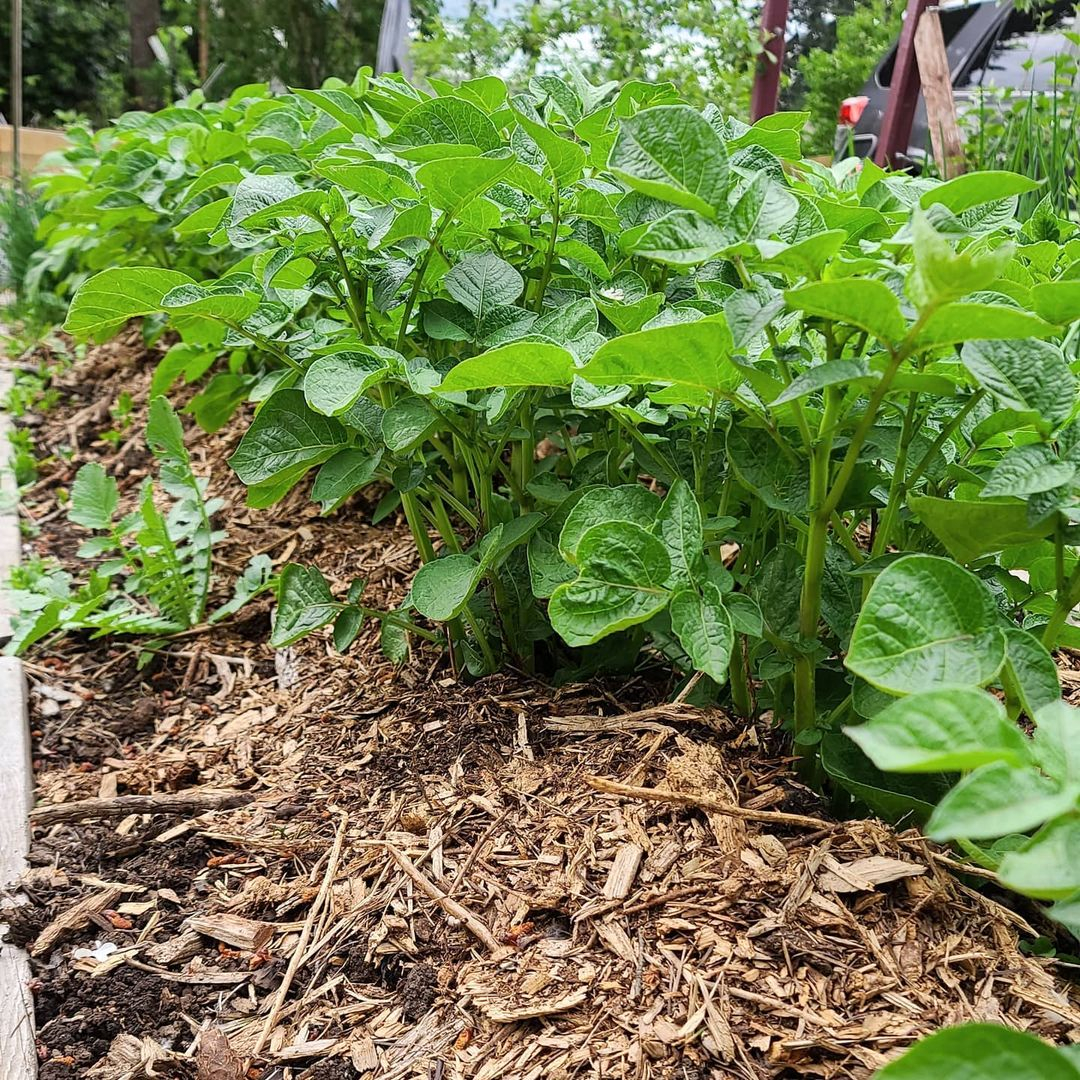
Just like straw mulch, wood chips, and bark are also commonly used for the vegetable garden. The difference is that the wood chip and bark are heavier than the straw so it can be more durable. Wood Chip and Bark Mulch from @lifeisawesomehere
4. Grass Clippings: Readily available and good for adding nitrogen to the soil. It is best used in thin layers to prevent matting.

You can see it here where the grass clipping mulch is applied in such a thin layer. That is surely the right technique for grass clipping where you have to apply it in a thin layer to get the benefit of this mulch. Grass Clipping from @clearcreekseeds
5. Leaf Mold: Decomposed leaves that improve soil structure and water retention.
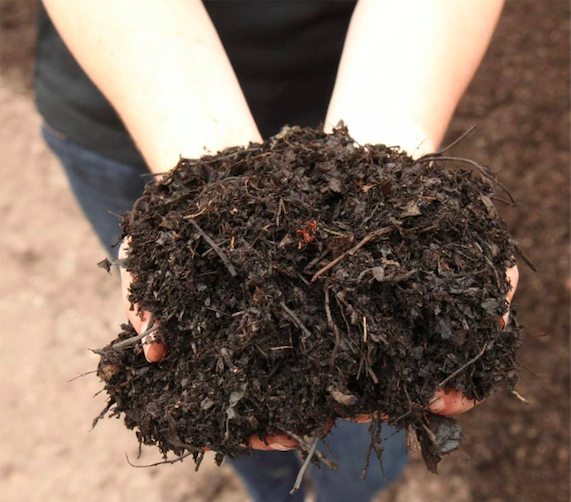
The leaf mold mulch is like the compost mulch. The process of the mulch making is also quite the same. The difference is in the material used whereas this one uses the leaf. Leaf Mold Mulch from @freebirdfarmconcord
Inorganic Mulches
1. Plastic Mulch: Used in commercial agriculture for temperature regulation and weed control. Not environmentally friendly but highly effective.
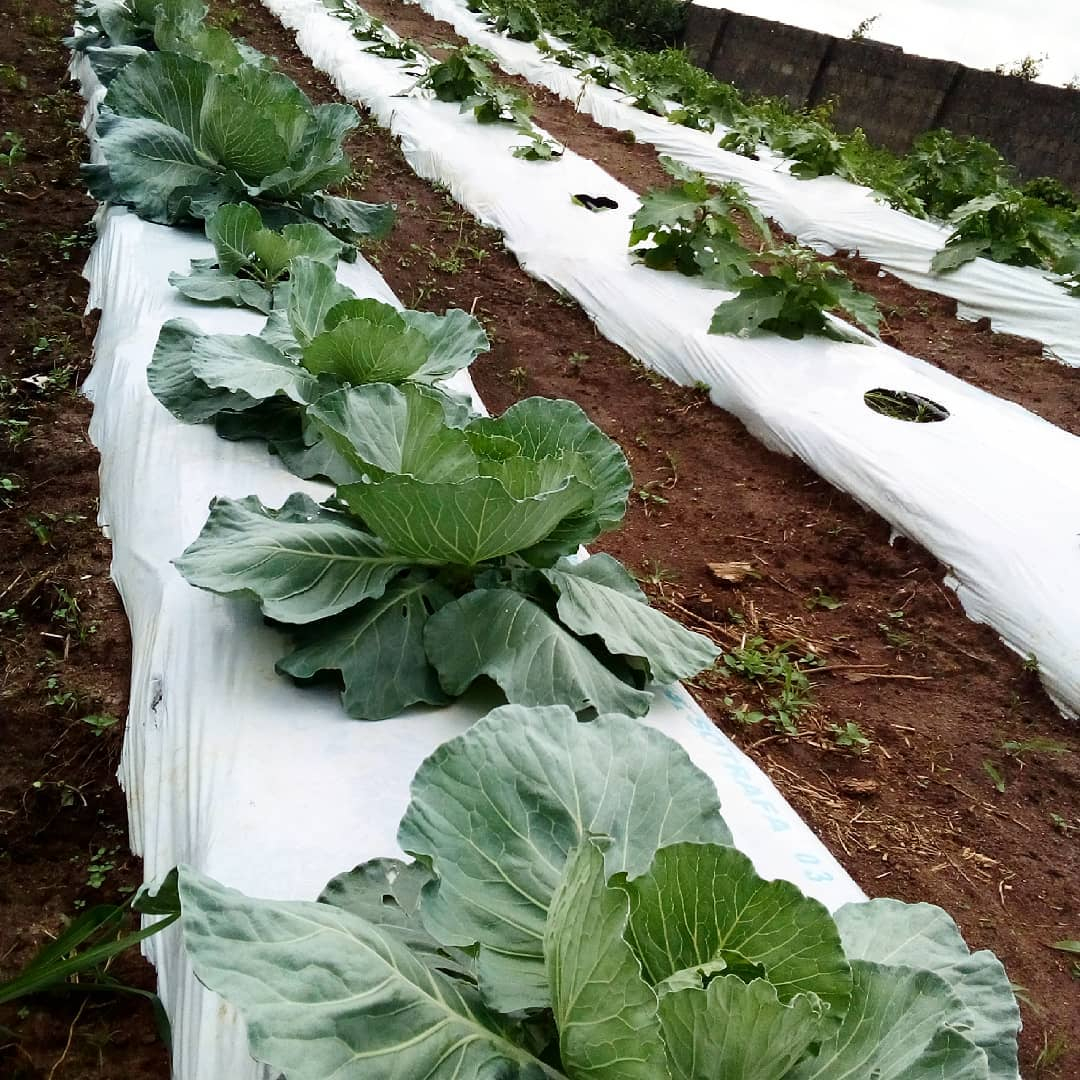
This one is a kind of mulch that is mostly used for landscape farming. You can see it on most farms. This one is really useful to protect the soil from the pest and too much water. Plastic Mulch from @seedforthagro
2. Landscape Fabric: Permeable material that allows water and air exchange while suppressing weeds.
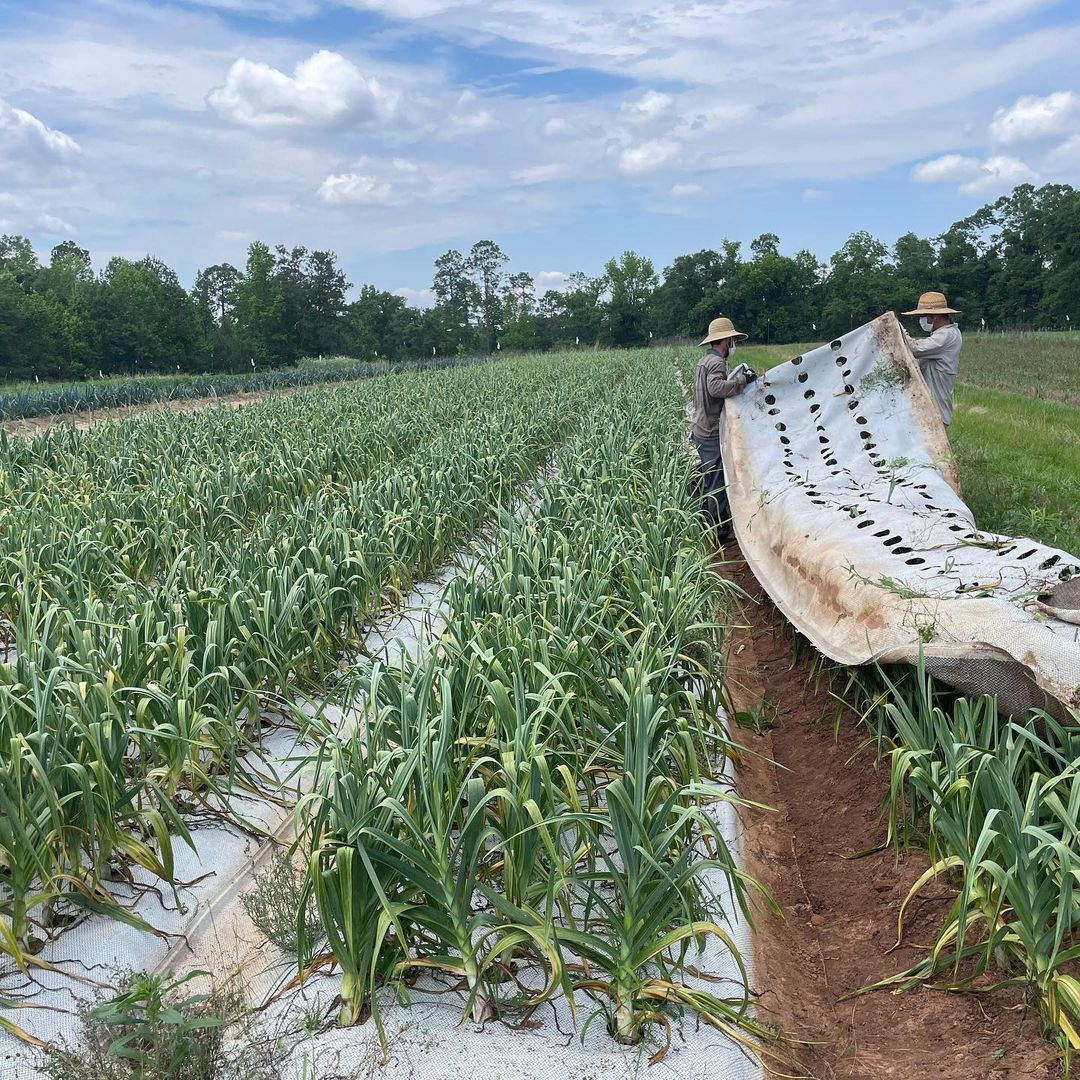
Just like its name, this kind of mulch uses fabric material. However, this landscape fabric mulch can be used only for certain plants. Landscape Fabric Mulch from @fullearthfarm
3. Gravel and Stone: Decorative and durable. Best for pathways and ornamental gardens but not ideal for plant beds due to heat retention.
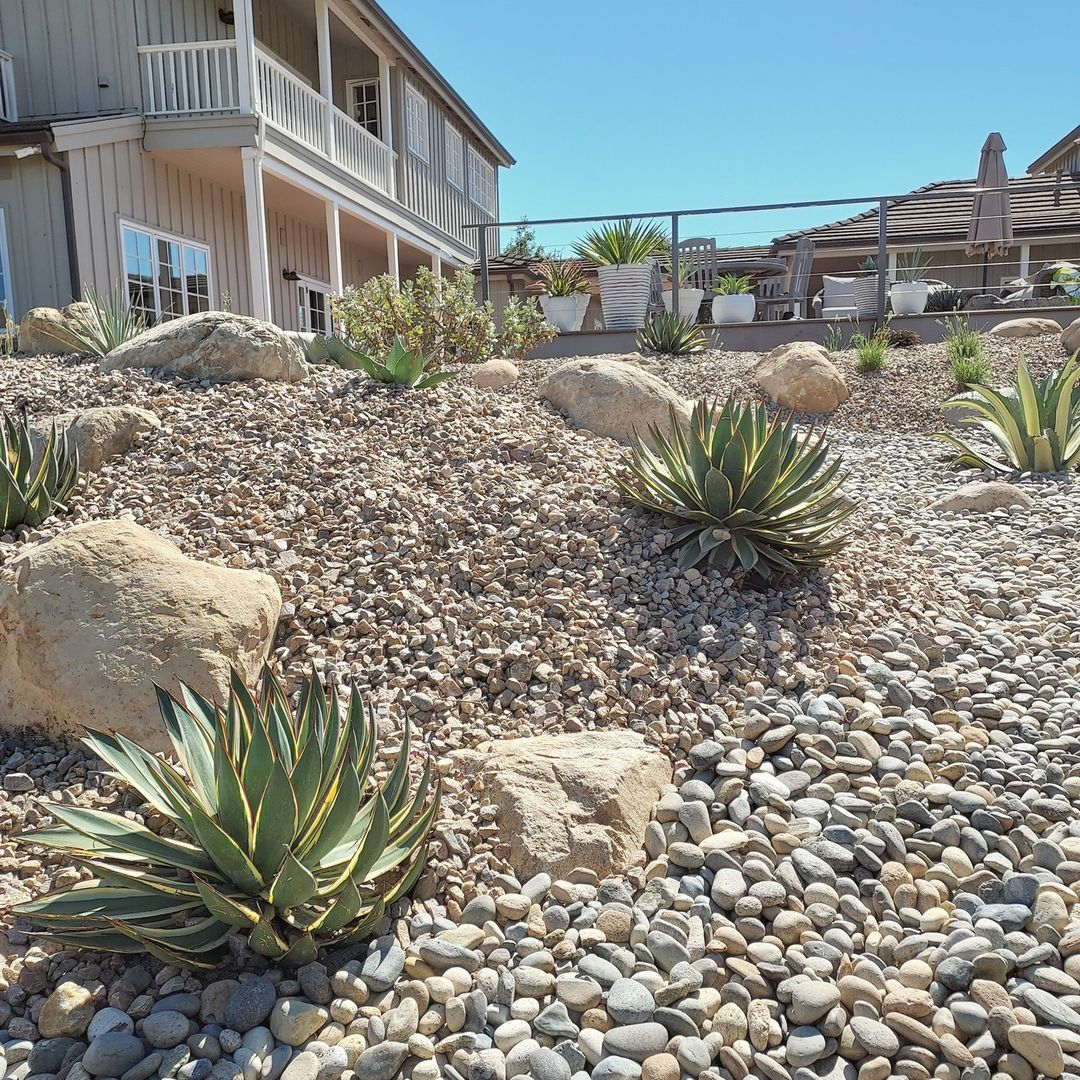
Look at how the stone and gravel can be a decorative one. It can be arranged to create a certain design for your garden. Use your imagination and create a pretty garden landscape by using the gravel and stone mulch. Gravel and Stone Mulch from @sagelandscapes
Benefits of Mulching
1. Moisture Retention: Mulch reduces evaporation from the soil surface, maintaining consistent moisture levels. This is especially crucial during dry seasons or in arid climates.
2. Temperature Regulation: Mulch acts as an insulating layer, keeping soil cooler in the summer and warmer in the winter, protecting plant roots from extreme temperatures.
3. Weed Suppression: A thick layer of mulch blocks sunlight, preventing weed seeds from germinating and growing.
4. Soil Improvement: Organic mulches decompose over time, adding organic matter and nutrients to the soil, enhancing its structure and fertility.
5. Erosion Control: Mulch protects the soil from erosion caused by wind and rain, preserving the topsoil.
6. Aesthetic Appeal: Mulch gives a neat and tidy appearance to garden beds and landscapes.
How to Apply Mulch
1. Preparation:
- Clear the area of weeds and debris.
- Water the soil thoroughly before applying mulch.
2. Application:
- Spread mulch evenly around plants, keeping it a few inches away from the stems and trunks to prevent rot.
- Apply a layer 2-4 inches thick for most organic mulches. For finer materials like compost, a thinner layer is sufficient.
- Replenish mulch as needed, especially after heavy rains or as it decomposes.
3. Seasonal Considerations:
- In spring, apply mulch after the soil has warmed up.
- In fall, mulch perennials after the first frost to protect roots from freezing.
Common Mulching Mistakes
1. Over-Mulching: Too thick a layer can suffocate roots, promote rot, and create a habitat for pests.
2. Mulch Volcanoes: Piling mulch against tree trunks can lead to rot and disease. Keep mulch away from direct contact with the trunk.
3. Neglecting Replenishment: Mulch breaks down over time and should be regularly topped up to maintain its benefits.
4. Using Unsuitable Materials: Some materials, like fresh grass clippings, can mat down and create a barrier to water and air. Let them dry before using or mix them with other organic matter.


